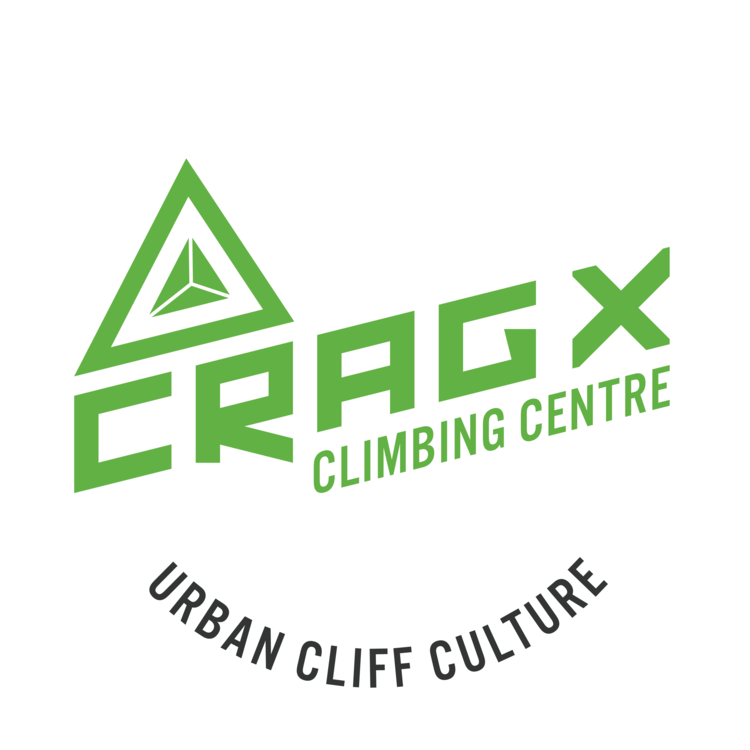Why do we care about updating climbers techniques for belaying or tieing in? Why change something safe that has served climbers well?
Why are we such nit-pickers?
Often, it’s not a question of replacing a dangerous technique with a safe one. Mostly, it’s replacing a 90 percent good technique with a 95 percent one.
Accidents in climbing are rare. That’s because in the redundant systems used by climbers, more than one mistake has to happen at once. Lowering off the end of a rope on rappel requires two errors - the climber has to forget to close the system, and the rope has to be too short for the rappel.
A climber can climb for their whole career, never knotting the end of the rope but each time making sure the rope is long enough. At age 75 they can look back at an accident free career. Does an accident free record make Sally a safe climber? Is Sally an unsafe climber because she never closed the system? Those are hard to answer questions.
Here’s an easier one to answer: Would Sally reduce the chance of accident by making sure the rope is the right length AND closing the system?
Low percentage accidents are a tough one - two climbers can have accident free careers even though one was untrained and careless and one was highly trained and careful. One (or two) climbing careers just isn’t enough data to make a judgement on technique.
We’ve been teaching climbing for 29 years and keeping up with the latest in methods for teaching and climbing safely the whole time.
We’ve also been around long enough to see one in a hundred accidents happen and even a few one in 10,000 accidents. Our experience isn’t enough on its own. We belong to professional organizations and follow the advice of industry and professionals world wide, and we also contribute to the development of standards for safety. Then we pass that information on to our staff and then to you.
When one of our young staff offers advice on how to do something, remember that it isn’t a case of safe vs unsafe or pitting their limited personal experience against yours. Instead our advice comes from the collective experience of a worldwide effort of climbing professionals and industry to make climbing safer.
Unlikely things happen to less than 1 percent of the community, but the climber involved gets 100 percent of the consequences.
Be a part of a community where good practice is the norm, where climbers look out for each other, and give (and take!) advice in a positive spirit.

